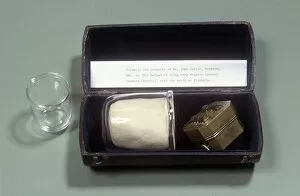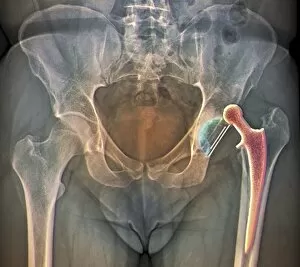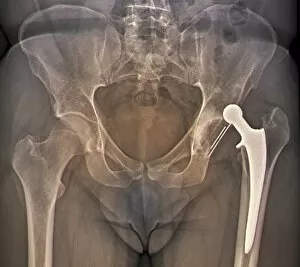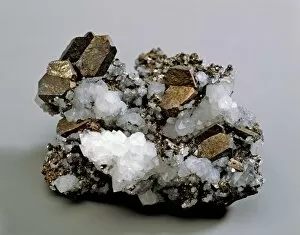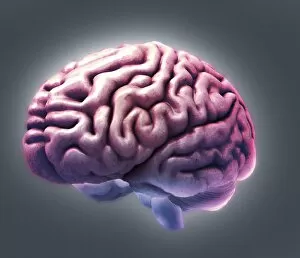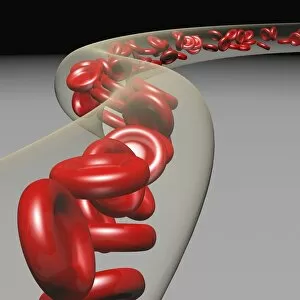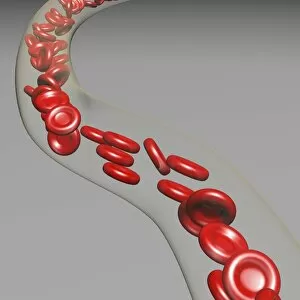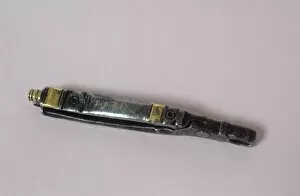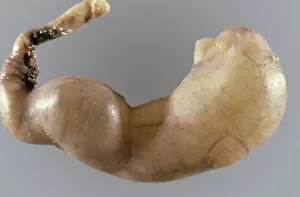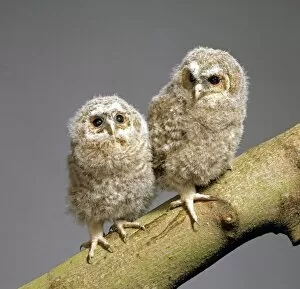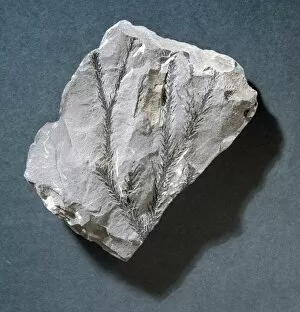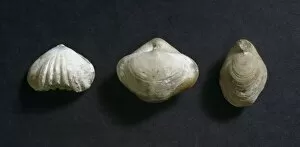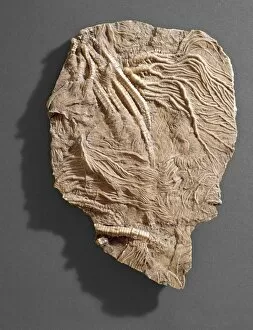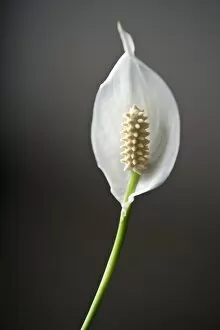Grey Background Collection (#85)
"Unveiling the Mysteries: Exploring the Grey Background of Art, Science, and Nature" In a world of vibrant colors
For sale as Licensed Images
Choose your image, Select your licence and Download the media
"Unveiling the Mysteries: Exploring the Grey Background of Art, Science, and Nature" In a world of vibrant colors, the grey background often goes unnoticed - just like our normal brain functioning amidst the chaos. Like Robbie the Robot from Forbidden Planet, MRI scans delve into the depths of our minds, revealing hidden secrets in shades of grey. Black-figure pottery takes us back to ancient Greece, where Attic vases by Exekias depict Achilles and Ajax playing dice against a timeless grey backdrop. Amidst captive animals with black or brown eyes like duck hawks and falcons (falco peregrinus), their avian gaze pierces through the monochromatic hues. Whooper swans gracefully soar through snowfall over Lake Kussharo in Japan, their white feathers contrasting against the serene grey canvas above. Wagon-shaped clay pots from Budakalasz transport us to a bygone era when craftsmanship flourished against an earthy yet elegant grey background. Prehistoric giant wombats come alive through intricate artwork on this neutral palette, reminding us of ancient creatures that once roamed our planet's past. The marble statue of Aphrodite of Cnidus stands proudly as a copy of Praxiteles' Greek original - her beauty radiating even against a subdued grey setting. A marble bas-relief depicting Persephone, Demeter, and Triptolemus during Eleusinian Mysteries emerges from Eleusis' history-rich soil onto this understated backdrop. An Ichthyosaurus fossil preserves its prehistoric existence within layers upon layers of time-weathered stone - its story etched into shades of enduring greys. Heracles' heroic act unfolds on an Attic pelike painted by Pan Painter; his triumph over king Busiris immortalized on this timeless grey canvas.

